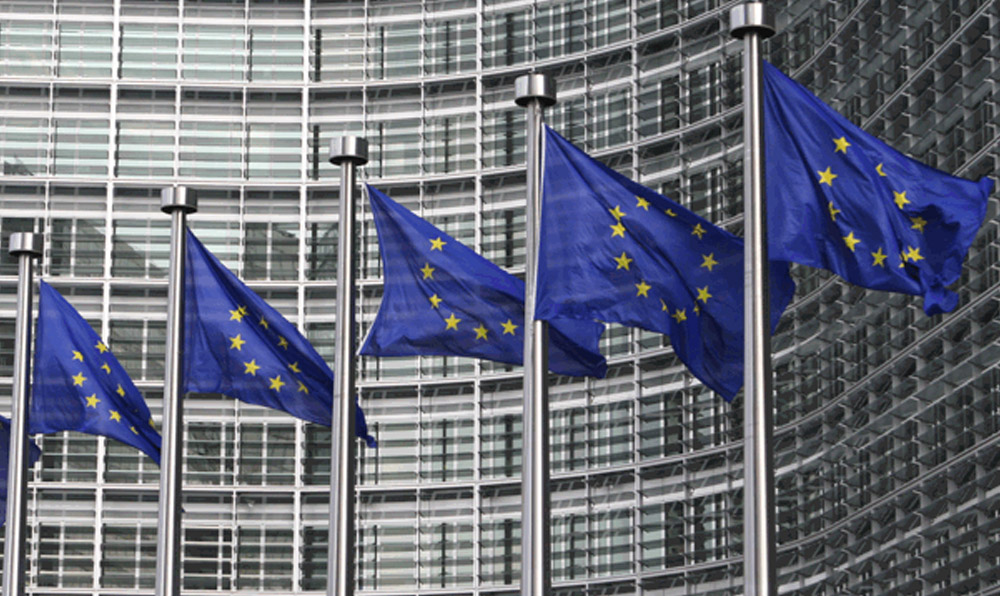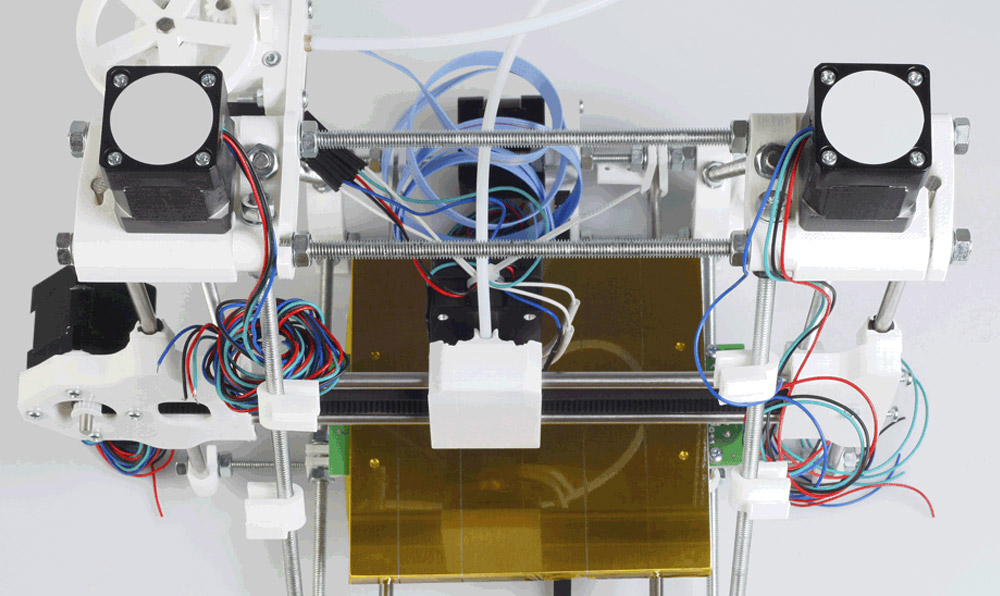To ensure the safety of medical products, drugs, devices, and services, businesses in the healthcare industry must have strict controls over not only their own internal operations but also the third-party suppliers they work with and the staff members they hire.
Government agencies have long maintained numerous lists of risky individuals and companies that healthcare providers can reference when designing their compliance programs. Exclusion screening is the practice of cross-checking your partnerships and staff members with these lists to mitigate the risk of costly fines and sanctions, as well as to keep your products and services safe for patients.
Among those exclusion lists is one provided by the General Services Administration (GSA) known as the System for Awards Management, or the SAM exclusion list.
So, what is SAM, and why should healthcare institutions, providers, and hospitals care? Read on to learn the basics of SAM, EPLS, and more.
What Is the SAM Exclusion List?
Any professional working in compliance in the healthcare industry will know about the GSA, the governing body responsible for the SAM healthcare compliance exclusion database. SAM was developed under the Affordable Care Act to consolidate multiple databases into one central repository. The components of the system include:
- Excluded Parties List System (EPLS)
- Central Contractor Registry (CCR)
- Federal Agency Registration (Fedreg)
- Online Representations and Certifications Application (ORCA)
The SAM exclusion list essentially allows hospitals and research firms to screen for entities we are not allowed to do business with, though it’s also used by contractors and vendors to obtain awarded contracts from the U.S. government. Registration with SAM involves sharing financial or procurement information or, in the case of ORCA, travel and accounting policies as well.

What was EPLS?
It’s worth noting that SAM is essentially an evolution of the predecessor EPLS system. While both were created by the same agency for the same purposes, the SAM exclusion list includes several updates to make screening for exclusions easier.
- Search function: EPLS search had several ways to search for excluded entities; users could search by name, Social Security Number, or Tax Identification Number. SAM streamlined this feature into a single name search with automatic suggestions as you type.
- Miscellaneous entries: In addition to categorizing based on individual, firm, or vessel, SAM adds in a group for miscellaneous entries known as the “Special Entity Designation.”
- New categories: While the EPLS used cause and treatment codes, SAM groups exclusions based on the following categories: ineligible, restriction, and voluntary. Ineligible exclusions themselves can be denoted as either proceedings pending or proceedings completed.
The EPLS database was woven into the one for SAM, as mentioned earlier. Hospitals must screen on a regular basis, usually monthly, to make sure their compliance lines up as exclusion lists change over time. However, it should be stressed that the SAM exclusion list isn’t the only watchlist to screen against. There are multiple others including those maintained by the Office of the Inspector General (OIG), the Office of Foreign Assets Control (OFAC), Drug Enforcement Agency (DEA), State Medicaid, and the numerous other denied parties lists enforced by government agencies such as the State and Commerce departments.
What Happens to an Entity on the SAM Exclusion List?
The GSA may choose to add an individual or organization to the EPLS or SAM exclusion list for many potential reasons:
- Fraud, theft, or other illicit activities
- Violations of the Drug-Free Workplace Act
- Delinquent federal taxes exceeding $3,000
This list is by no means exhaustive. Any entity on this list will be unable to receive federal contracts. You likewise cannot purchase products by vendors on this list nor pay salaries to staff members on it. For these reasons, exclusion screening makes sure that you aren’t hiring excluded staff or working with excluded vendors or distributors.
However, in some cases, you can still work with a third-party on the SAM as long as it does not need GSA approval or reimbursement through money provided by a federal program. Consult with your legal counsel before following through with such an arrangement.
For more comprehensive information about effective compliance in the healthcare industry, download our white paper or visit our Resource Center.

Empowering Compliance Through Descartes
We’ve only scratched the surface of what hospitals must do to follow the notoriously stringent regulations of the industry. It can seem overwhelming to have to consider multiple exclusion lists in addition to the SAM exclusion list, but many services are now available specifically to help out in this regard.
Setup a free demo with Descartes Visual Compliance and see how healthcare providers can navigate the complex legal requirements of the medical industry.
To help manage compliance risks more effectively, Descartes provides a range of robust denied party screening and 3rd party risk management solutions as well as comprehensive and trusted trade content for leading business systems such as SAP, Oracle, Salesforce and Net Suite to name a few.
Descartes compliance solutions are flexible and modular, allowing organizations to pick the specific and exact functionality and content they need and scale up later as and when necessary. By utilizing these solutions, organizations can strengthen their compliance processes, enhance their competitive edge and increase sales velocity.
To learn more about how Descartes Visual Compliance and Descartes MK Denied Party Screening can help you stay on top of the latest sanctions, please click here and here.


